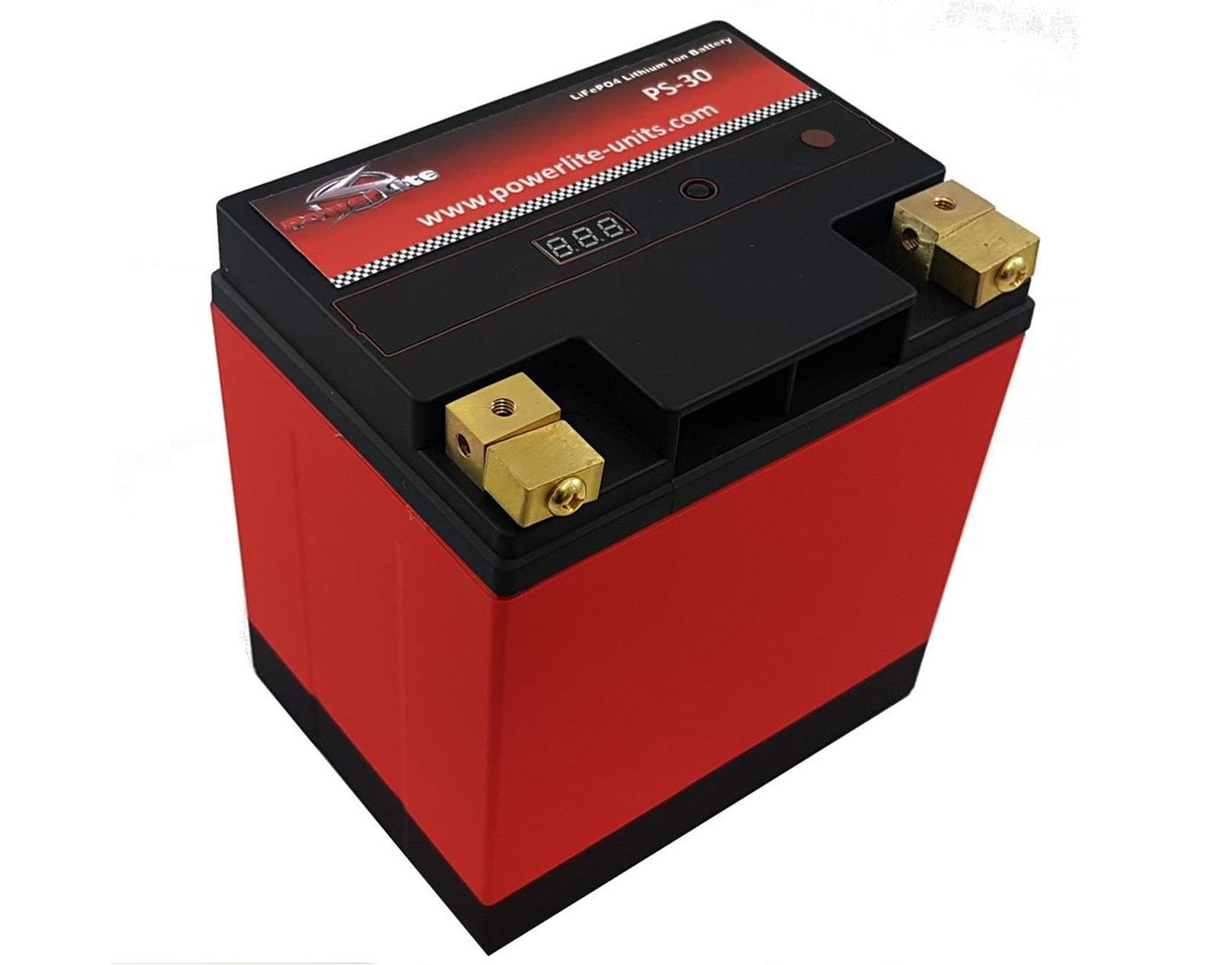


#Lithium ion battery full
Weighing including moisture content determination is key to providing consistency and traceability along the full manufacturing chain. cobalt, managenese, iron, nickel) of cathode material as well as to test the material for impurities such as chlorides, hydroxides and carbonates.įrom starting materials to a high-quality product, a lithium ion battery has to run through up to 25 production steps, which lay the foundation for the demanded quality and performance. Furthermore, titration can be used to determine the metal content (eg. METTLER TOLEDO's InMotion KF Oven Autosampler heats the solid material to elevated temperatures, extracts its water and guides it to a Coulometric Karl Fischer Ttitrator, where it is detected. Similarly as done for the electrolyte, cathode and anode testing includes analysis of water content prior to using the components in the battery. To acquire more information about degradation components from a single experiment, a METTLER TOLEDO TGA or TGA/DSC can be hyphenated to a suitable gas analysis system to perform, for example, Fourier transform infrared spectroscopy, mass spectroscopy, gas chromatography–mass spectroscopy or micro gas chromatography–mass spectroscopy. Providing precise measurements for heat capacity, decomposition temperatures and enthalpy determination, thermal analysis techniques are fundamental aids in thermal stability studies for lithium ion battery characterization. The performance and safety of electrodes is largely influenced by charge/discharge induced ageing and degradation of cathode active material. DSC also provides information on electrolyte melting and crystallization for determining the minimum temperatures for charging/discharging processes. Differential Scanning Calorimetry (DSC) is used in QC to study the composition and content of carbonates in electrolytic solutions, which have important implications for the cycling stability, energy density and safety of lithium ion batteries. A quick density check with a METTLER TOLEDO Density Meter can help to reveal electrolyte contaminations with water or other impurities. The density of a liquid depends on its molecular composition. Acid-base titration has proven to be an accurate and reliable method to test the HF content of the battery's electrolyte. Not only water, but also the detrimental degradation product itself, hydrofluoric acid (HF), can be determined in the electrolyte. Coulometric Karl Fischer titration is the method of choice to determine the water content of electrolyte precisely and accurately. As water has such a bad influence, the water content of the electrolyte needs to be tested as a matter of routine.
#Lithium ion battery free
Electrolytes and other Li-ion battery materials must be free of water because even trace amounts react with the electrolyte to produce aggressive by-products including hydrofluoric acid that compromise battery performance and safety. The electrolytic solutions commonly used in commercial lithium ion batteries consist of organic solvents (mostly cyclic and linear carbonates), lithium salts and various additives. The lithium ions do not partake in the overall electrochemical reaction and remain in their oxidation state. During charging, the reactions at the electrodes are reversed and the lithium ions flow in the opposite direction. To close the electric circuit, lithium cations flow through the liquid electrolyte and the separator to the cathode, where they recombine in a reduction reaction. The electrons flow through an external wire to the cathode. During discharge, the oxidation reaction at the anode releases electrons and lithium cations. Both cathode and anode contain positively charged lithium ions. LIBs store energy that is released by an electrochemical reaction between the anode and the cathode material. The lithium ion battery diagram illustrates the working principle of a lithium ion battery. This battery type exhibits high energy density as it is light yet powerful, good cycle durability as it can be charged and recharged without losing much energy each cycle, and a low self-discharge rate. Lithium-ion batteries (LIBs) are state-of-the art in this technology.
#Lithium ion battery portable
The ever-increasing market for portable electronic devices, together with the increasing pace of the electric vehicle revolution, has resulted in an equally large demand for rechargeable batteries.


 0 kommentar(er)
0 kommentar(er)
